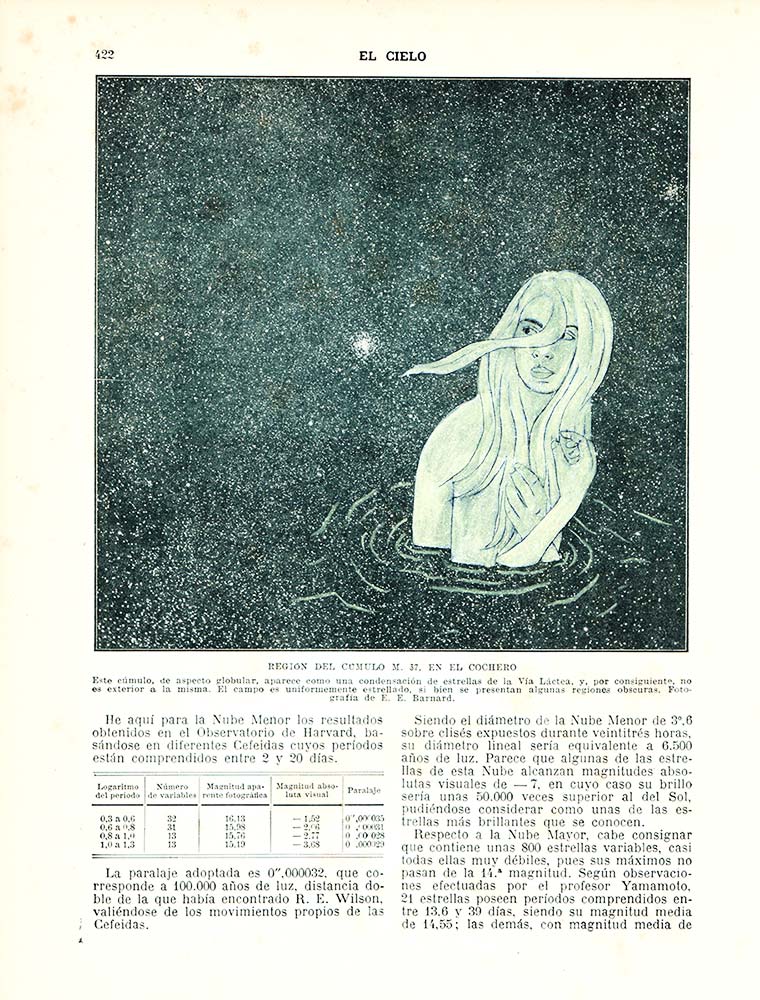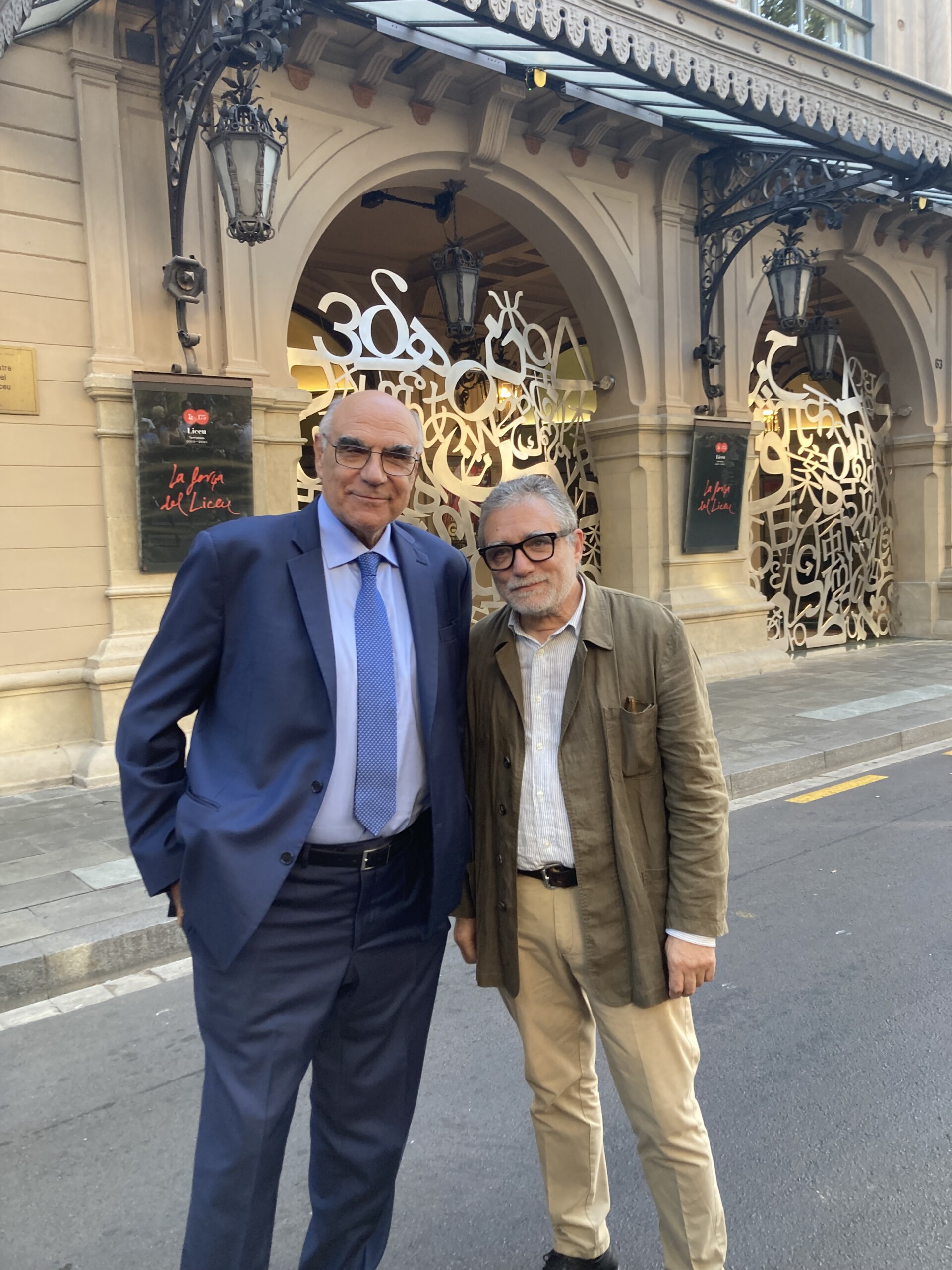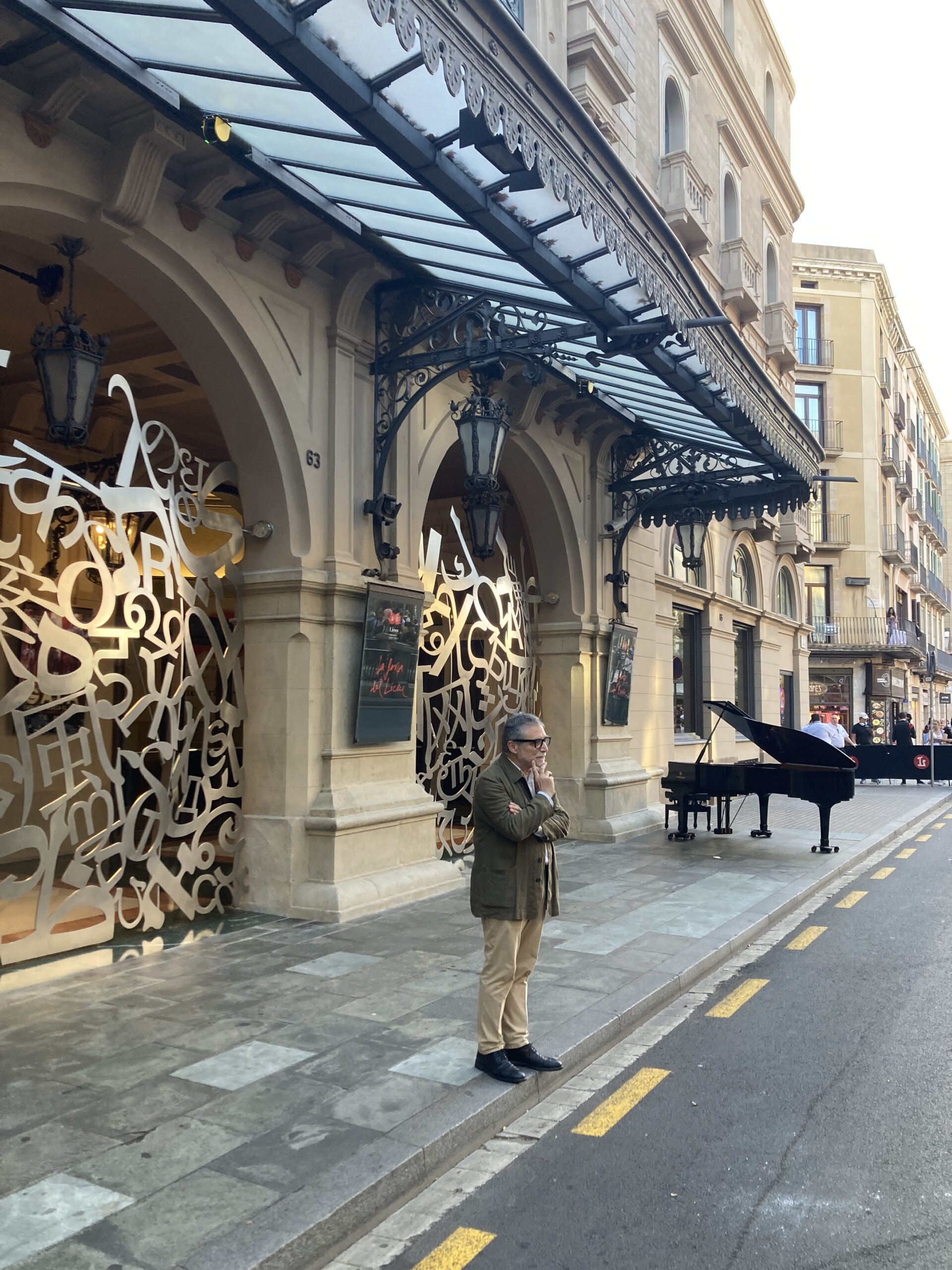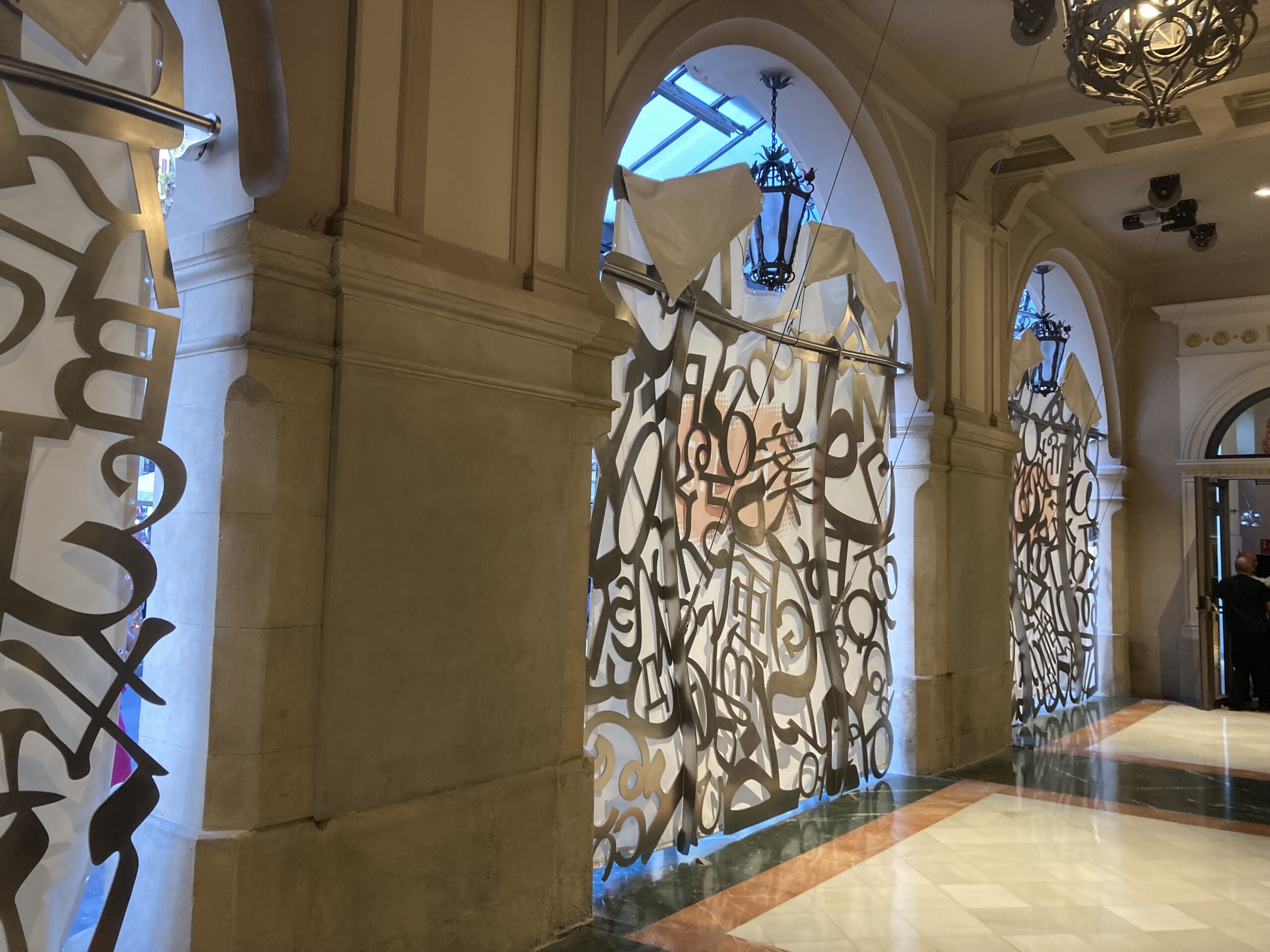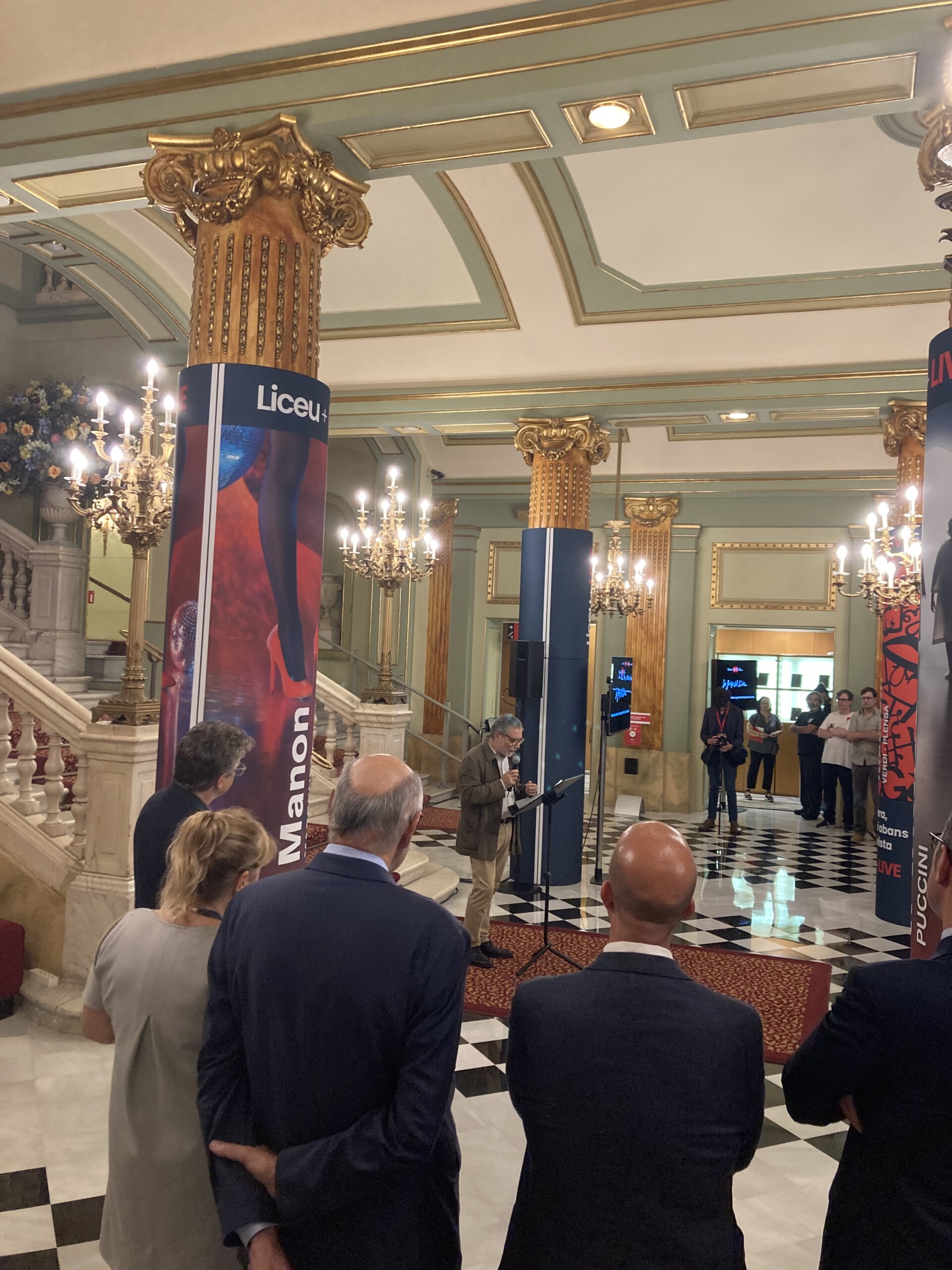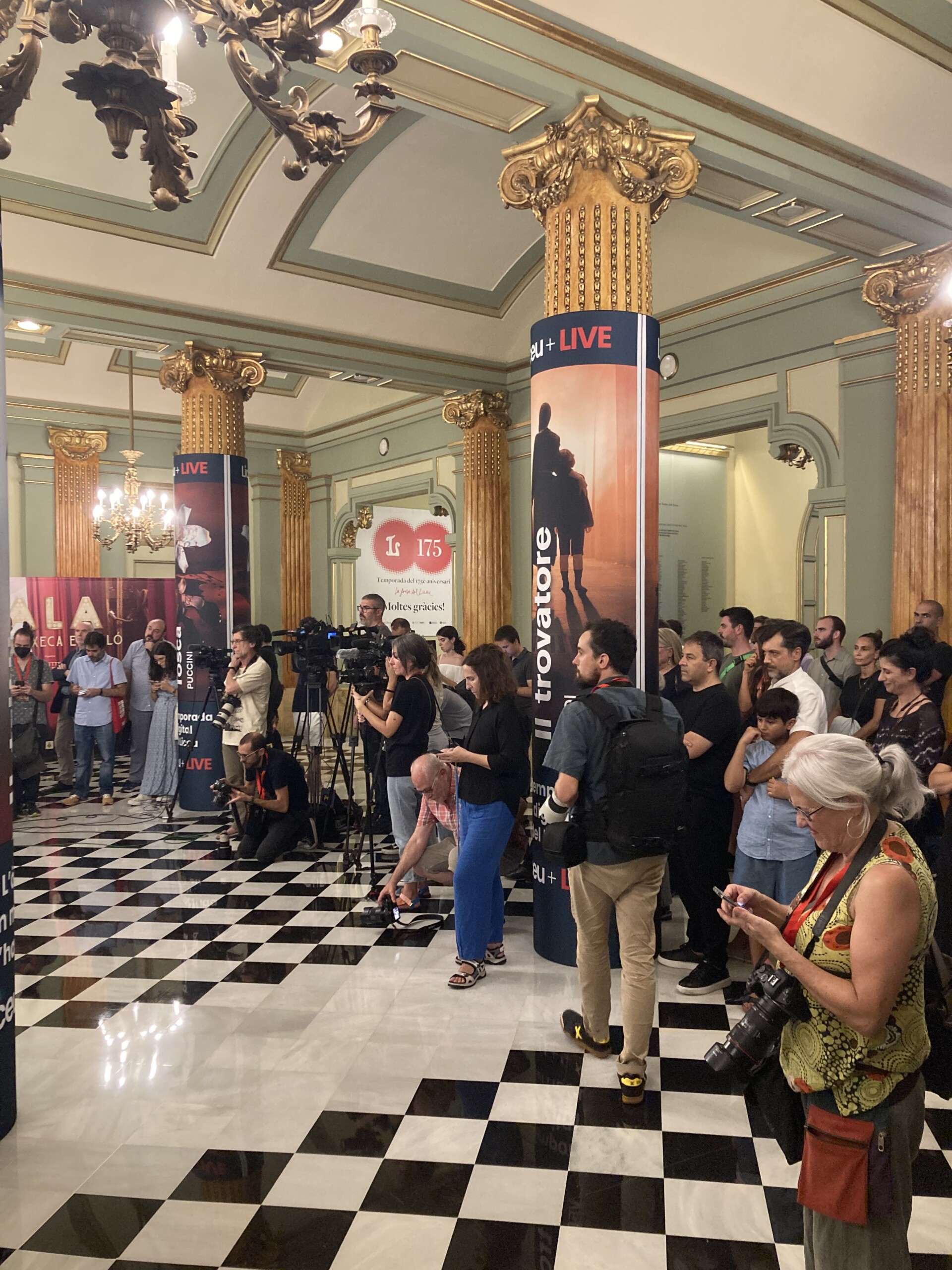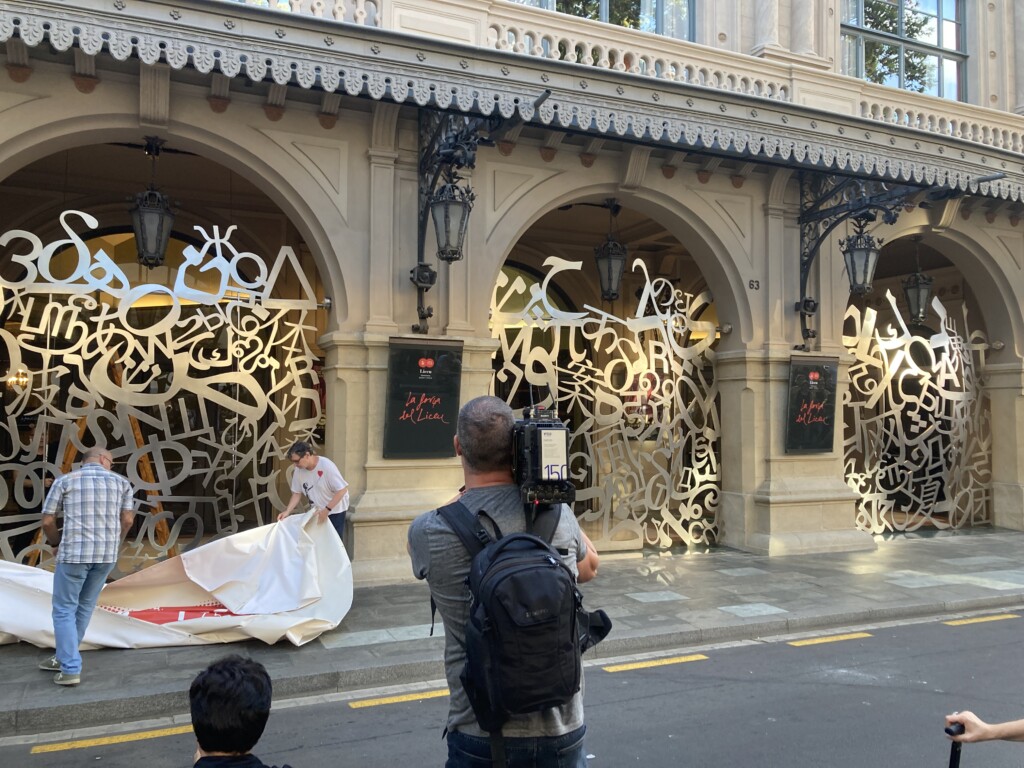- No products in the cart.
Jaume Plensa, Jean-Marie del Moral and Màrius Carol meet at Galeria SENDA
Last Monday, November 7, Barcelona became the epicenter of art and reflection when Galeria SENDA opened its doors to welcome three prominent names from the cultural world: sculptor Jaume Plensa, photographer Jean-Marie del Moral and journalist Màrius Carol. The reason for this meeting was the presentation of the book “Interior, 2022”, a work that transcends the printed pages to explore the challenges and opportunities faced by creators in the context of a globalized market.
The theme of the talk, entitled “Shared Challenges. Creating in a Global Marketplace“, addressed profound and pertinent questions about the creative process in the contemporary world. How do artists face the pressure of producing in a globalized environment? What impact do market trends have on creativity and originality? These were some of the questions raised during the conversation, which turned into an exciting dialogue between creative minds.
Jaume Plensa, known for his imposing sculptures that explore the relationship between the individual and the environment, shared his vision of the need to maintain authenticity in a world flooded with external influences. For Plensa, true creativity arises from the connection with oneself and the surrounding environment, and it is crucial to preserve that connection in a globalized context.
For his part, Jean-Marie del Moral, whose photography captures the essence of urban life and human diversity, spoke about the role of art as a tool for expression and resistance in an increasingly homogenized world. For Del Moral, creativity is an act of resistance against uniformity, a way of celebrating the diversity and complexity of the world we inhabit.
Màrius Carol, a journalist with a long career in the cultural field, provided a unique perspective on the role of the media in the promotion and dissemination of contemporary art. In a world where attention is fragmented and information is constantly flowing, Carol stressed the importance of telling authentic and meaningful stories that connect with audiences on an emotional level.
The presentation of the book “Interior, 2022” marked the beginning of a series of #SENDATalks, a typology of talks organized by Galeria SENDA that brings together artists, creators and thinkers to explore relevant topics in the world of art and culture. These meetings provide a platform for the exchange of ideas, debate and reflection, fostering an open and enriching dialogue between different disciplines and perspectives.
The event concluded with a question and answer session, where the audience had the opportunity to interact with the speakers and delve deeper into the topics discussed. The atmosphere was one of inspiration and camaraderie, leaving a lasting impression on all present and sowing the seeds for future conversations and creative collaborations. In short, the talk at Galeria SENDA was much more than a book presentation; it was a transformative encounter that illuminated the complexities and challenges of the creative process in the 21st century, and demonstrated the power of art and culture to bring people together and enrich our lives.
To learn more about this #SENDATalk discover the talk on YouTube Live and Instagram Live
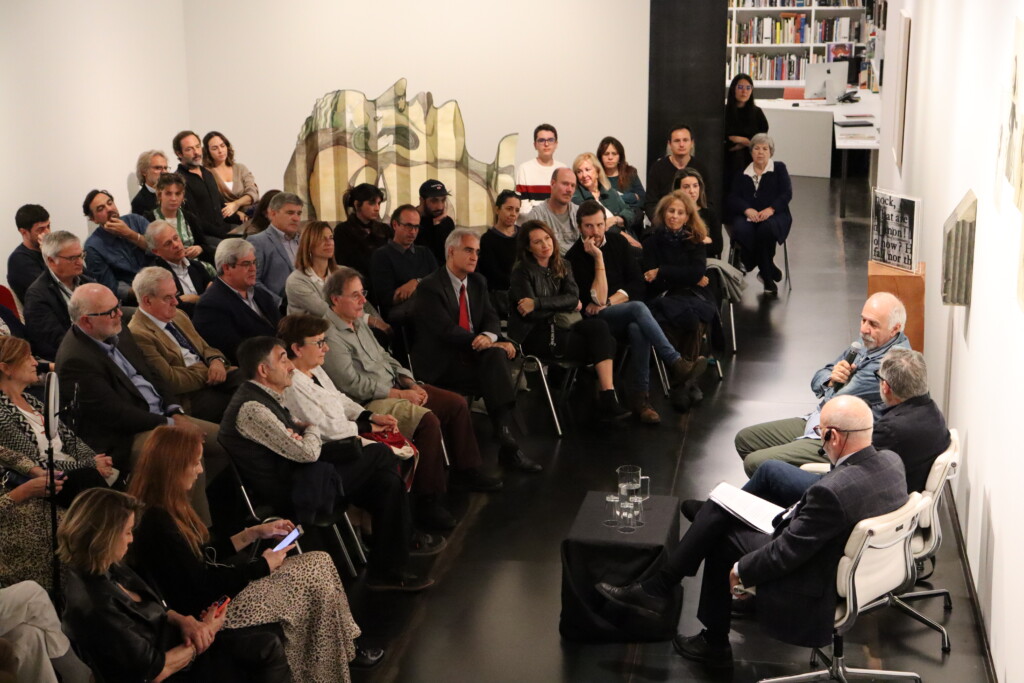
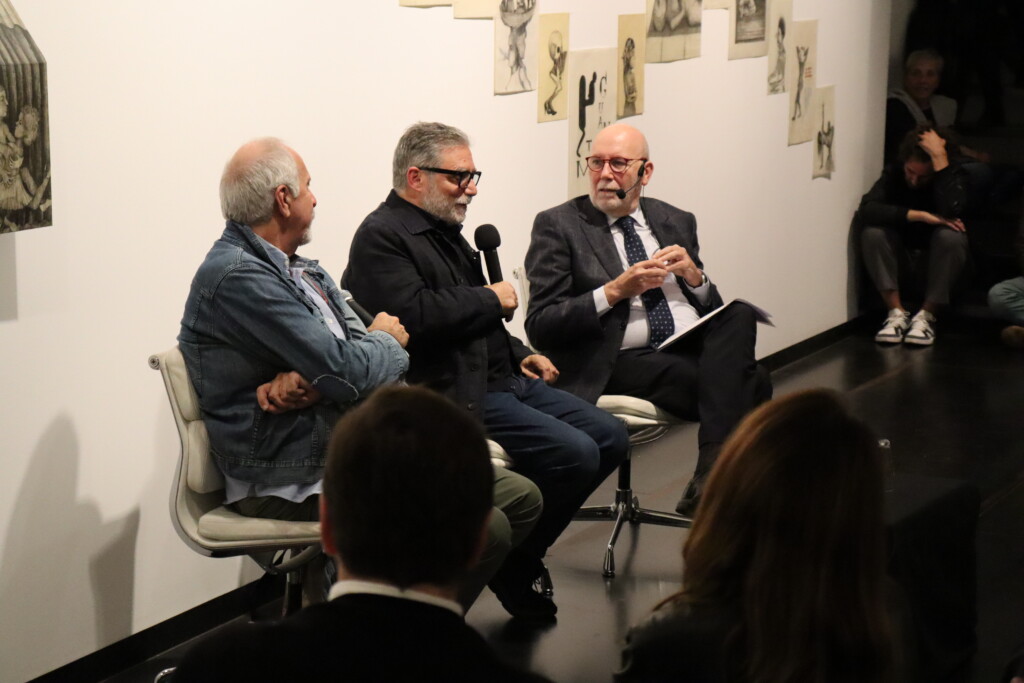

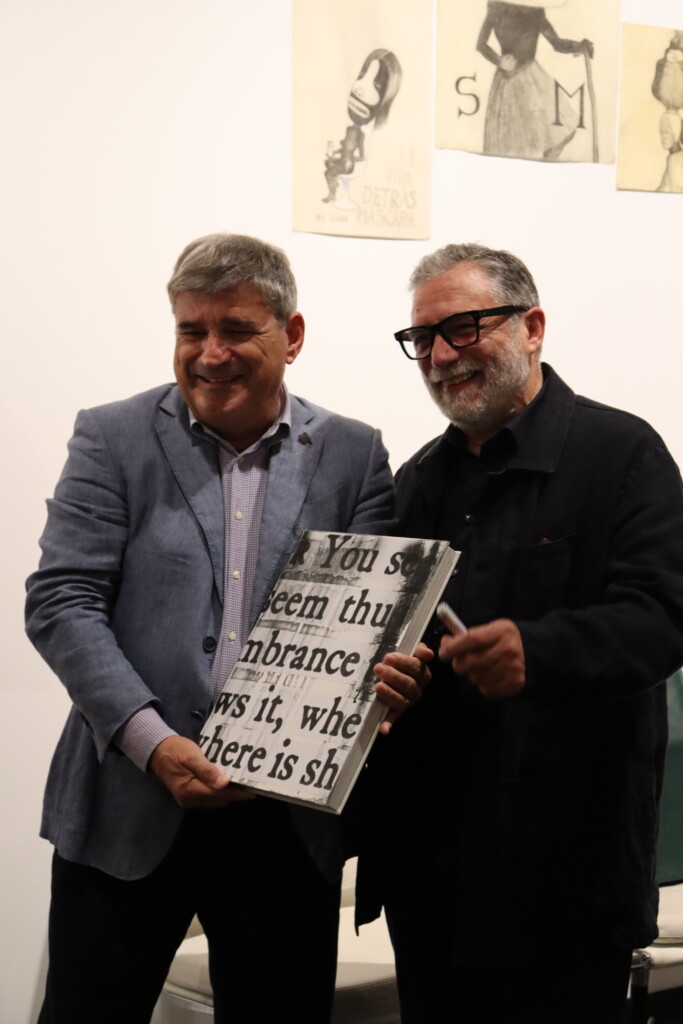
See you at the next #SENDATalk 🗣!















































































